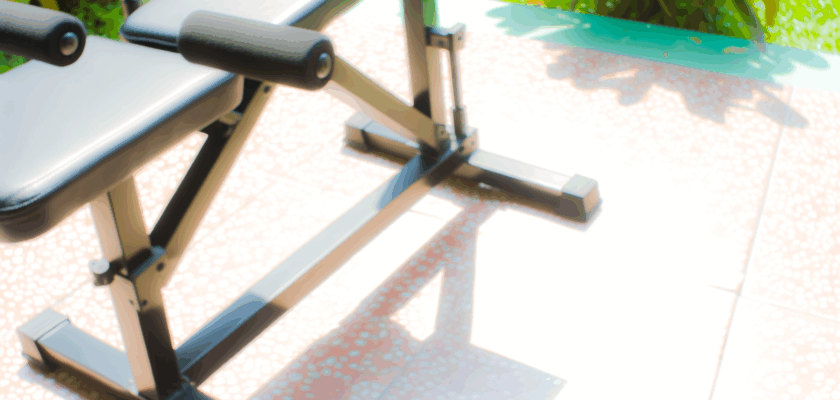Choosing the right adjustable bench is essential for anyone looking to enhance their home gym or commercial fitness space. Whether you’re a beginner or an experienced lifter, an adjustable bench offers versatility and functionality that can accommodate a wide range of exercises. However, with numerous models and features available, selecting the perfect bench can be a daunting task. This guide breaks down the key features to consider and reviews the main types of adjustable benches, helping you make an informed purchase.
Key Features to Consider When Choosing an Adjustable Bench
When shopping for an adjustable bench, stability is paramount. A bench that wobbles or shifts during workouts can increase the risk of injury and reduce workout efficiency. Look for benches constructed with heavy-duty steel frames and wide bases to ensure a secure and stable foundation. Also, check the weight capacity to make sure the bench can safely support your body weight plus any additional weights you plan to use.
Adjustability is another crucial factor. The bench should offer multiple backrest and seat positions, including flat, incline, and decline angles. This flexibility allows you to target different muscle groups and perform a variety of exercises such as bench presses, shoulder presses, and sit-ups. Smooth and easy-to-use adjustment mechanisms—such as pop pins or ladder-style settings—enhance user experience by enabling quick transitions between positions without hassle.
Comfort should not be overlooked. Adequate padding that balances firmness and softness helps prevent discomfort during longer workouts. Additionally, the bench’s surface material should be durable and easy to clean, particularly if the bench will be used frequently or shared among multiple users. Consider features like non-slip foot caps or rubberized handles, which improve stability and user safety during exercise.
Types of Adjustable Benches and Their Benefits
The most common type of adjustable bench is the flat-to-incline bench, which allows users to shift from a completely flat position to various incline angles. This type is ideal for general strength training and is often the most affordable option. Its versatility makes it a staple in both home gyms and professional settings, suitable for pressing movements and core exercises alike.
A more advanced option is the multi-position adjustable bench, which includes flat, incline, and decline settings for both the backrest and seat. This design provides greater range of motion and exercise variety, enabling users to perform decline presses and other specialized moves that target different muscle fibers. Although typically more expensive than flat-to-incline benches, these models are favored by serious lifters who want maximum adaptability.
Lastly, some benches come with additional features such as leg holders, preacher curl attachments, or wheels for portability. These specialty adjustable benches serve niche purposes—like improving leg stability during decline sit-ups or isolating the biceps during curls. While they may not be necessary for every user, such features can enhance workout effectiveness and convenience for those with specific training goals.
Selecting the right adjustable bench involves balancing durability, versatility, and comfort. By focusing on key features such as stability, adjustment options, and padding, you can find a bench that aligns with your fitness needs and budget. Understanding the different types of adjustable benches and their benefits further helps narrow down your choices, ensuring you invest in equipment that supports your workout goals effectively. With the right bench in place, your training sessions will become more varied, efficient, and ultimately rewarding.

